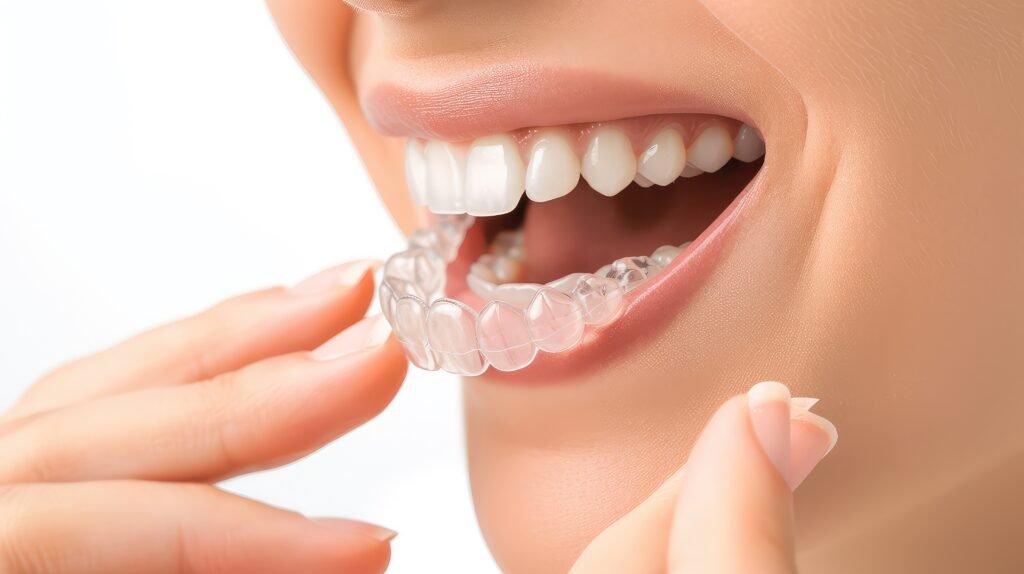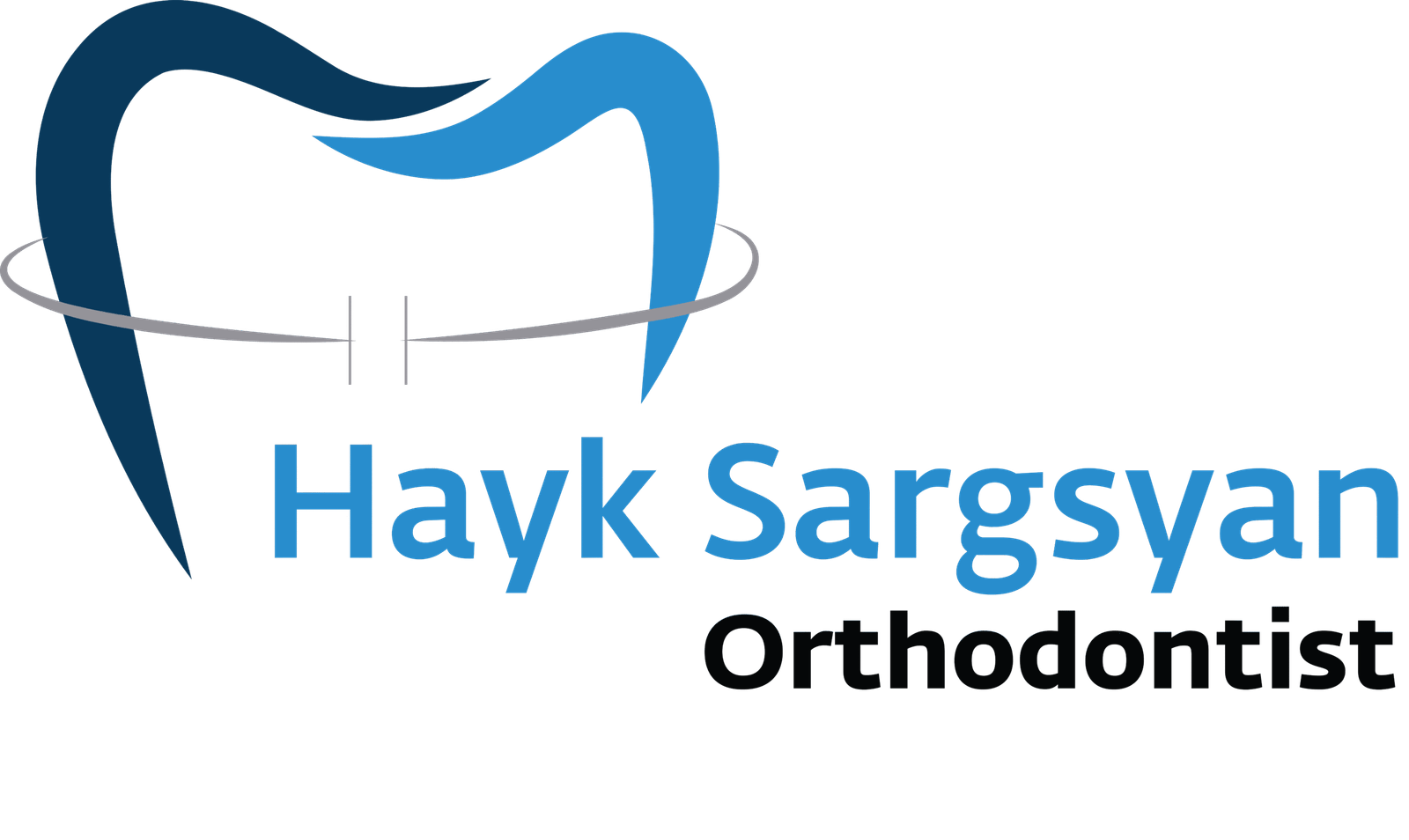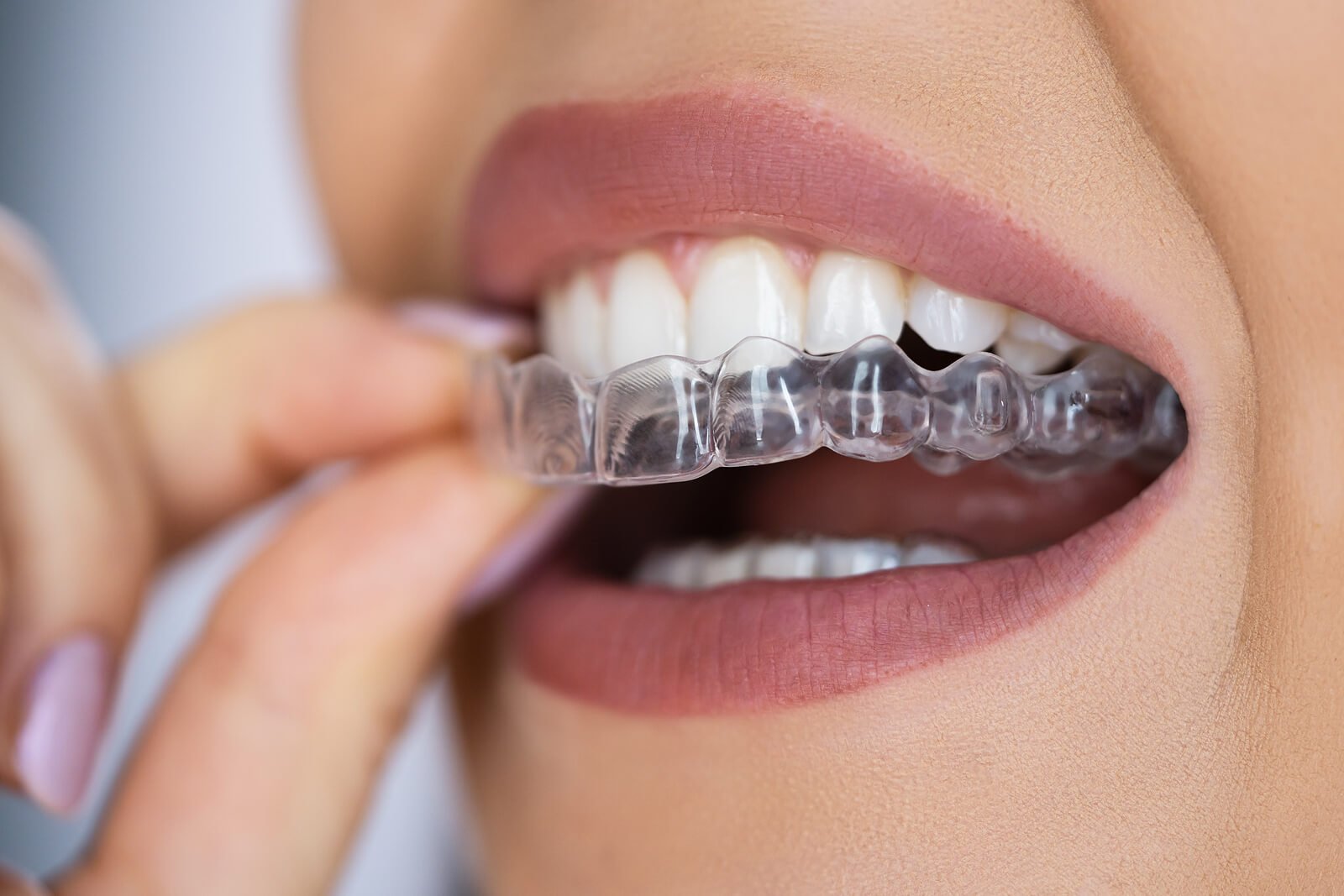Aligners are one of the latest achievements in orthodontics, serving as an invisible alternative to braces. These transparent trays have introduced significant changes in the field of teeth straightening.
What Are Aligners?
Aligners are clear trays that fit over the teeth. The patient replaces each set of aligners every two weeks, and treatment ends with the use of the final set.
The main innovation is not simply the transparent tray itself, but the 3D modeling technology behind it. With computer software, we design the step-by-step movement of the teeth, and each stage of the correction is transformed into a new set of aligners.
How Are Aligners Made?
- 3D scanning: The patient’s teeth are digitized.
- Computer modeling: The imperfect dentition is transformed into the ideal version.
- Step-by-step division: Under the doctor’s supervision, the treatment is broken down into stages.
- Laboratory fabrication: A model is created for each stage of movement.
On average, a patient may require 20 to 40 aligners, and sometimes even up to 50.

Advantages of Aligners
Aesthetic benefits:
- Invisible in the mouth and barely noticeable.
- Provide a natural look with no visible metal parts when smiling.
Functional benefits:
- Easy oral hygiene since aligners can be removed to brush and floss.
- High medical effectiveness for certain types of tooth movement.
Everyday comfort:
- No dietary restrictions since aligners can be removed while eating.
- Freedom to take them out during sports or other physical activities.
Effectiveness of Aligners
The effectiveness of aligners continues to increase thanks to advances in software and 3D modeling technology. While they were once used only for mild cases, today they can replace braces in 80 to 90 percent of treatments.
In very complex clinical cases, aligners are combined with mini-implants and palatal expanders to achieve 100 percent effectiveness.

Treatment Duration
The length of treatment with aligners is generally the same as with braces, since the same problems are being corrected and the same biological principles of tooth movement apply. The only difference lies in the type of appliance used.
Age Limitations
Aligners were initially designed for adults, many of whom preferred to avoid visible braces. With the advancement of technology, they are now also available for children. There are no upper age limits for adults.
Care for Aligners
In terms of hygiene, aligners have significant advantages over braces. They can be removed, cleaned separately, and allow proper oral care. Teeth can be brushed and flossed thoroughly without the difficulties created by brackets and wires.
Retention
Treatment with aligners is still orthodontic treatment, just like braces. After active treatment, a retention phase is required to stabilize the results. Depending on the case, this may involve removable trays or fixed retainers.
Aligners are a worthy alternative to braces, combining high effectiveness with comfort and aesthetic appeal. When used correctly, they can resolve the vast majority of orthodontic issues.


